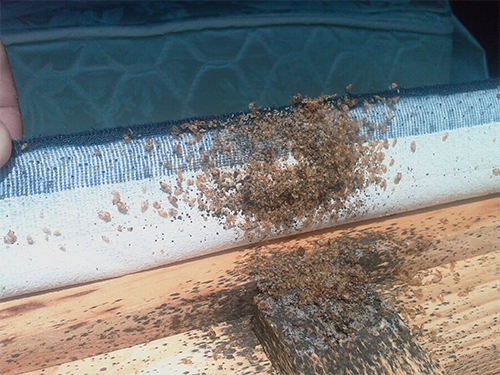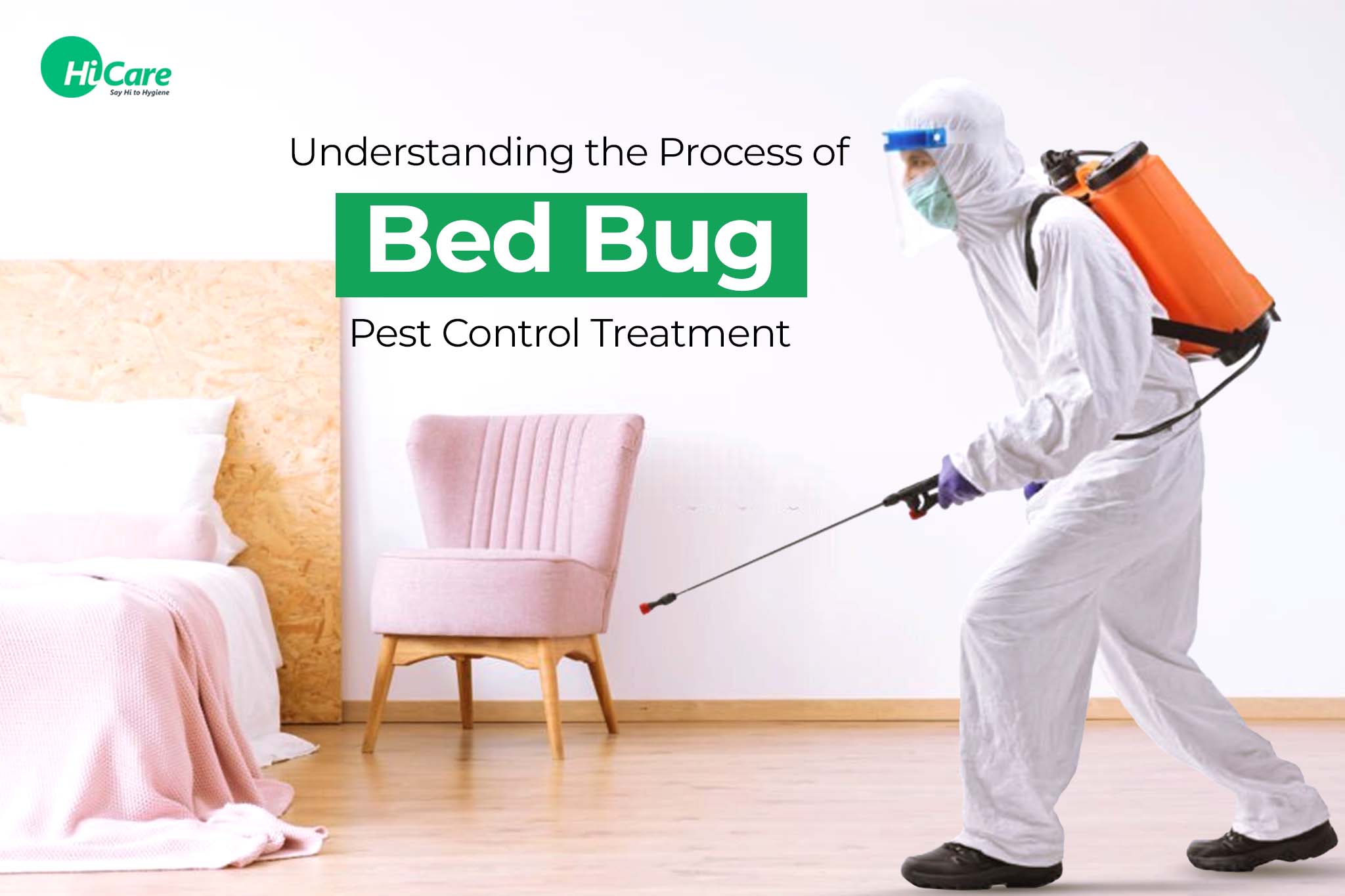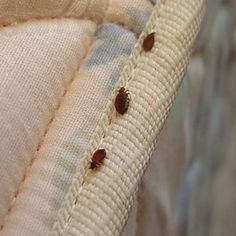Reliable A1 Bed Bug Treatment Houston - Remove Bed Vermin
Reliable A1 Bed Bug Treatment Houston - Remove Bed Vermin
Blog Article
Comprehending the Lifecycle of Bugs for Targeted Control Approaches
Recognizing the lifecycle of pests is an essential facet of efficient insect management approaches. With a much deeper understanding of exactly how bugs grow and progress, tailored control approaches can be made to resolve certain points in their lifecycle, ultimately leading to more successful parasite management end results.
Importance of Comprehending Parasite Lifecycle
Comprehending the lifecycle of parasites is necessary for establishing reliable and targeted control techniques in pest management. By understanding the various phases a parasite goes through from egg to grownup, parasite control professionals can determine weak spots in the lifecycle where intervention can be most successful. Recognizing when larvae are most active can assist figure out the optimum timing for using larvicides. Additionally, understanding the life expectancy of a bug varieties can aid in anticipating population development patterns and possible problem risks.
Furthermore, identifying the specific environmental conditions needed for each and every phase of the pest's lifecycle can direct decisions on habitat alteration or exemption techniques to interfere with the lifecycle and lower parasite populaces. This expertise enables pest administration experts to carry out aggressive actions as opposed to relying only on responsive treatments, bring about even more lasting and lasting bug control options. Inevitably, an extensive understanding of insect lifecycles equips insect control professionals to customize their methods efficiently, lessening ecological impacts and making the most of control results.
Key Stages in Parasite Advancement
To effectively apply targeted control methods in insect management, a critical facet exists in adequately determining and comprehending the vital phases in pest growth. Pest growth usually includes several crucial phases that are important for their lifecycle and management. The very first phase is the egg phase, where bugs lay eggs that later on hatch out right into larvae. Larvae after that proceed right into pupae, a stage where they undergo metamorphosis prior to becoming grown-up parasites. Understanding these stages is crucial as it assists in determining weak spots in the lifecycle where control steps can be most efficient.

Susceptabilities in Pest Lifecycle
Throughout the various phases of a bug's lifecycle, distinct susceptabilities emerge that can be strategically targeted for reliable control steps. One crucial vulnerability hinges on the egg stage, where bugs are frequently more at risk to specific pesticides or biological control agents as a result of their soft outer covering, making them easier targets for intervention. In addition, the larval or nymph phase offers vulnerabilities as parasites undergo fast development and development, needing high power consumption that can be made use of by interrupting their food sources or introducing development inhibitors. Pupal phases, characterized by immobility and makeover, provide a home window for targeted control via physical barriers or particular therapies that prevent successful introduction. Finally, adult bugs, while more resistant due to their reproductive capacity, can still be susceptible during breeding or egg-laying tasks, which can be interfered with through pheromone traps or sterilization techniques. Understanding these vulnerabilities in the insect lifecycle is crucial for establishing accurate and effective control strategies that effectively manage bug populations while decreasing ecological effect.
Carrying Out Targeted Control Steps

Applying targeted control procedures generally entails a multi-faceted strategy. This may consist of habitat alteration to make the atmosphere less hospitable to parasites, such as eliminating standing water for mosquito control or securing entry points for rats. Furthermore, biological control approaches can be used, where natural predators or virus are introduced to maintain insect populaces in check.
Integrated Bug Administration (IPM) methods that integrate different control steps in a coordinated and sustainable fashion are usually the most effective in achieving long-term pest management objectives. By see this here executing targeted control procedures based on a detailed understanding of bug lifecycles, bug populations can be effectively regulated while lessening dangers to human health and the setting.
Boosted Insect Management Practices

Moreover, the incorporation of biological control representatives, such as natural killers or microorganisms of parasites, can help in reducing reliance on chemical pesticides and advertise a much more well balanced community. Carrying out physical obstacles and traps can likewise become part of enhanced bug management methods, supplying non-toxic and targeted remedies for pest control. Furthermore, making use of pheromones and other semiochemicals can interrupt pest breeding patterns and communication, bring about reduced insect populaces over time.
Conclusion
In final thought, recognizing the lifecycle of parasites is essential for efficient parasite management techniques. By determining vital phases in insect advancement and susceptabilities in their lifecycle, targeted control actions can be applied to minimize insect populations. Improved insect administration methods can assist minimize the dependence on broad-spectrum pesticides and additional hints promote more eco pleasant and lasting bug control techniques. This understanding plays a crucial function in preserving healthy environments and agricultural productivity.
Understanding the lifecycle of pests is crucial for establishing effective and targeted control approaches in bug management. By understanding the different stages a parasite goes with from egg to grownup, insect control professionals can determine susceptible factors in the lifecycle where intervention can be most effective. Eventually, a comprehensive understanding of parasite lifecycles equips pest control practitioners to tailor their methods effectively, decreasing environmental influences and maximizing control results.
By applying targeted control steps based on a thorough understanding of pest lifecycles, insect populaces can be successfully controlled while reducing risks to human wellness and the environment.
By identifying crucial phases in pest advancement and susceptabilities in their lifecycle, targeted control actions can be executed to lessen bug populaces.
Report this page